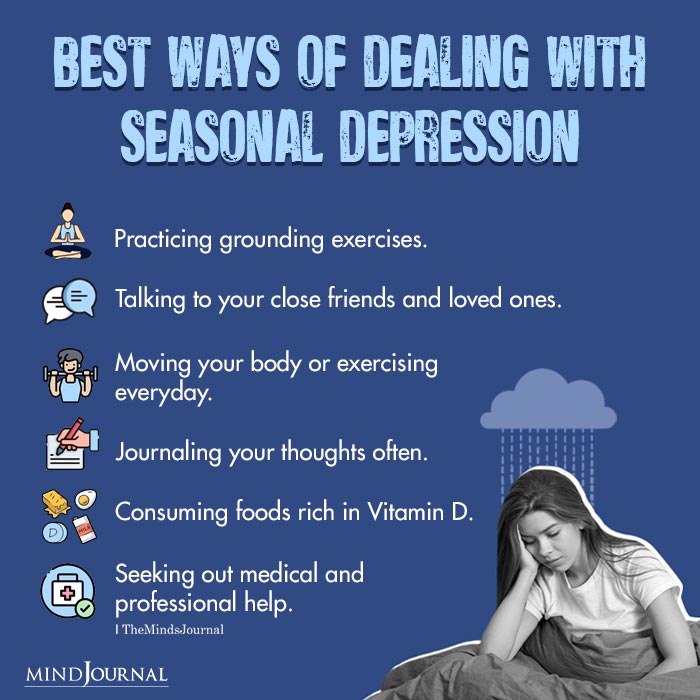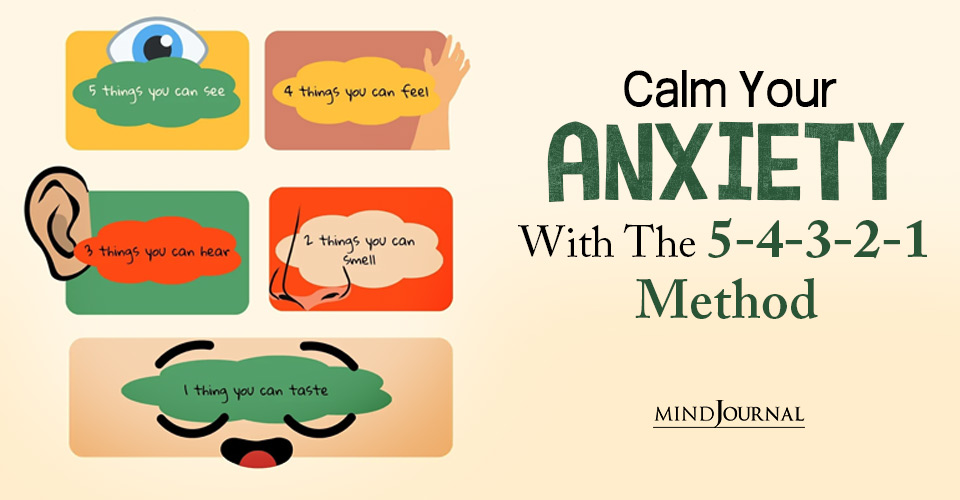Even though winter is almost gone, seasonal depression can still affect many, and knowing more about it, and keeping in mind a few tips for combating seasonal affective disorder, can help you tremendously.
Let’s find out how to beat the winter blues or how to combat seasonal affective disorder. Below are 6 helpful strategies about how to deal with seasonal affective disorder.
Key Points
- Each year, over 10 million Americans experience mild to severe symptoms of seasonal affective disorder (SAD).
- Seasonal affective disorder is more severe than “winter blues”—it can significantly impact one’s daily functioning.
- Combatting symptoms of SAD begins with resisting the urge to stay inside during winter and getting more natural light exposure.
That certain Saturday when we turn our clocks back an hour will soon be here. While getting up in the morning becomes a little easier, we pay a price at the end of each day as we find ourselves plunged into darkness as most people’s working day is winding down.
To some extent, each and every one of us experiences this absence of sunlight in the winter months. But for some of us, the shorter days and reduced access to natural light bring on seasonal affective disorder, widely known as SAD, and for others, seasonal depression.
Related: Seasonal Affective Disorder (SAD): How Seasons Can Affect Our Mood And Life
The sun is what makes us feel alive, alert, and ready to venture out into the world. During the long days of summer and its typical warm, sunny weather, many of us become more sociable, upbeat, and active.
Then, beginning in late autumn, our circadian rhythms—or internal clocks—slowly begin to feel the impact of the diminishing quality and quantity of sunlight. This increasing deficit of exposure to light impacts the neurotransmitter functioning in our brains.
Each year, over 10 million Americans experience mild to severe symptoms of seasonal affective disorder SAD.

The SAD facts
SAD is real. Between 10 and 20 percent of adults experience mild symptoms of what is often referred to as the winter blues, including low moods, cravings for comfort foods, and lethargy, as well as behaviors like oversleeping, a preference to stay at home rather than socializing, and overeating.
SAD can impact our ability to carry out our daily life tasks and can have a negative effect on job performance.
Fewer Americans—approximately 5 percent—suffer from a less common yet more severe form of SAD: seasonal depression. This is a debilitating depression with symptoms including feelings of hopelessness and/or worthlessness, low energy, difficulty concentrating, and suicidal thoughts/ideation.
A further SAD fact—women are four times more likely than men to be diagnosed with SAD and seasonal depression.
Related: Seasonal Affective Disorder (SAD): What Is Seasonal Depression and It’s Symptoms
Confronting and combatting SAD
As with any circumstance or situation that might negatively impact our mental health, awareness is the first step to effective treatment. When you recognize these symptoms in your life, it is important to acknowledge and address them.
The good news is that there are a number of ways to combat SAD through quality self-care. With even the mildest of symptoms, the first course of action is to deal with the deficit of sunlight. Whenever possible, spend daily time outdoors in natural light during the winter months.
Even on cloudy days, we still experience the benefits of natural sunlight. Creating a daily outdoor winter routine, or enjoying a cold-weather activity is a great way to be sure of getting exposure to natural light from late fall through to the early spring.
When that’s not possible, a lightbox, also known as a SAD lamp or happy light—artificial lighting designed to give off a light that mimics the sun’s rays—is a highly effective alternative to help manage SAD.
Paying attention to dietary choices during the winter months, including minimizing carbohydrate-rich, processed, and comfort foods, and avoiding habits like snacking foods while binge-watching TV shows or movies on cold winter nights can help manage excessive winter weight gain and lethargy.
Eating a variety of fruits and vegetables and adding a dietary supplement that includes Vitamin D can help make up for the lowered levels of sunlight, the source of vitamin D.
Resisting the urge to hibernate and isolate during the winter months can also help counteract mild symptoms of lethargy and low mood related to SAD.
Employing strategies that support good sleep hygiene, like limiting screen time in the hours before going to bed, creating a calm and quiet environment, and going to bed and waking up at regular times, all contribute to quality rest and help combat the disruptive sleep patterns that many SAD suffers struggle to overcome.
Those suffering from severe symptoms of SAD or Seasonal Depression should talk to a primary-care physician about treatment options, and explore antidepressant and/or psychotherapy with a mental health professional. These interventions can provide critical support and effective symptom reduction.

You are not alone
If you’re among those who suffer from SAD, it is important to realize that you are not alone and that there are many ways in which you can combat symptoms and make it through the coming shorter days and long nights.
There are resources and strategies available should you need them. When the clocks turn back and we feel the effects of the absence of the sun’s rays, it is important that we pay attention to our self-care, and find strategies that work in our own lives to combat SAD.
Related: What Are The Different Types Of Depression: A Complete Guide
Six strategies to help combat SAD
1. Realize that SAD is real, and pay attention to its symptoms.
We all can have some winter blues, but seasonal affective disorder comes with significant symptoms that impact one’s daily functioning.
2. Resist the impulse to hibernate during the winter months.
And make a concerted effort to stay active, engaged, and in touch with friends and family.
3. Expose yourself to natural light as much as possible.
And when it’s not available, consider light therapy, a lightbox source that mimics the sun’s rays to help boost low moods and energy levels.
4. Practice good sleep hygiene.
If diminished sunlight negatively impacts your internal clock and disrupts your regular sleep, maintaining a regular sleep schedule and minimizing screen time before bed will go a long way to support quality rest and higher energy levels.
5. Pay attention to your dietary choices.
Limit carbohydrate-rich, processed, and comfort foods. Including a vitamin D supplement in your diet during the winter months and enjoying fresh, unprocessed foods are great SAD dietary strategies.
6. Seek help from a mental health professional if you are experiencing severe symptoms.
There are effective ways to treat severe SAD and seasonal depression. A visit to a general practitioner is a great first step to getting the help you need.
Related: 7 Ways To Feel Better When You’re Feeling Blue
Want to know more about the signs of Seasonal Affective Disorder? Check this video out below!
Written By Monica Vermani
Originally Appeared On Psychology Today










Leave a Reply